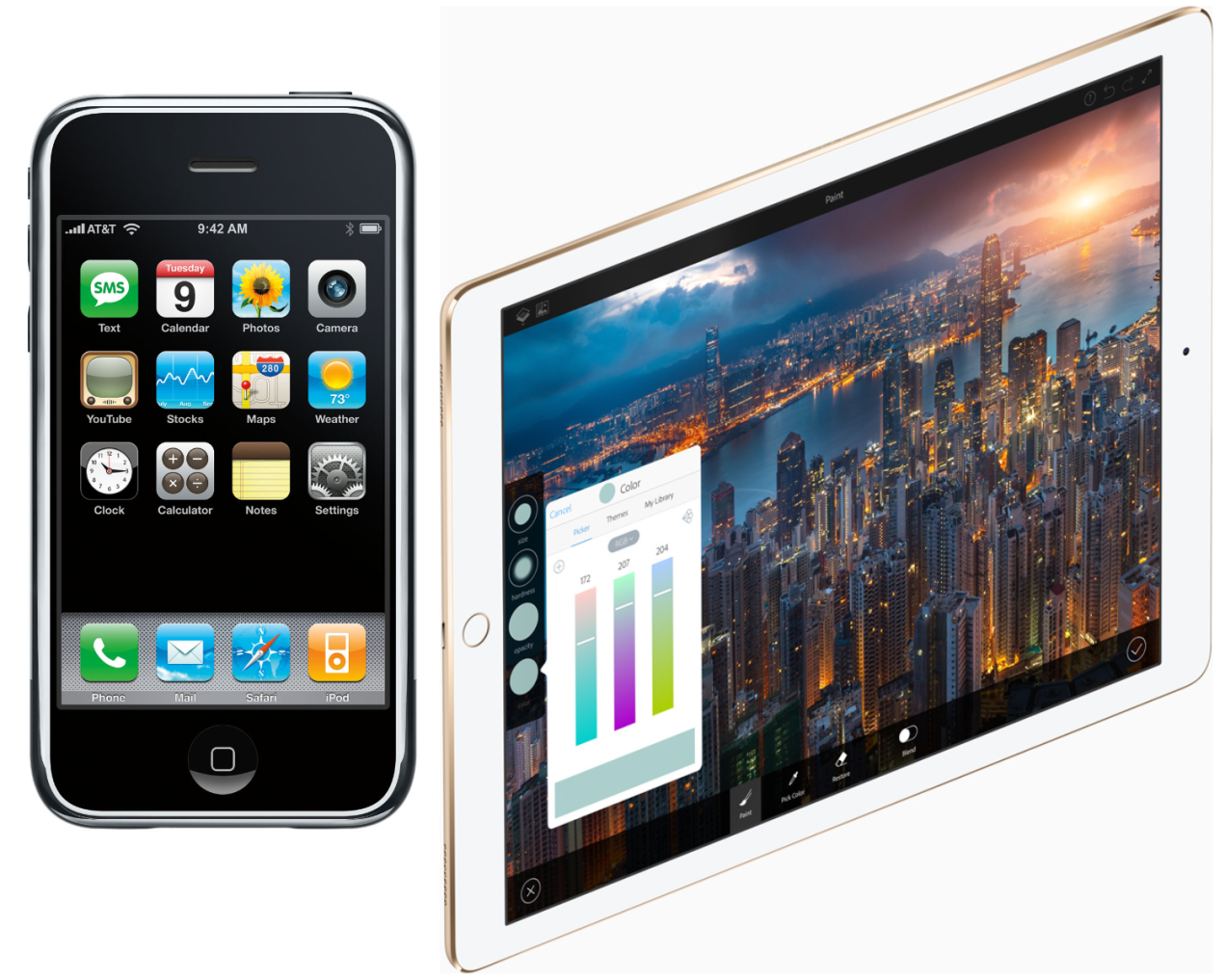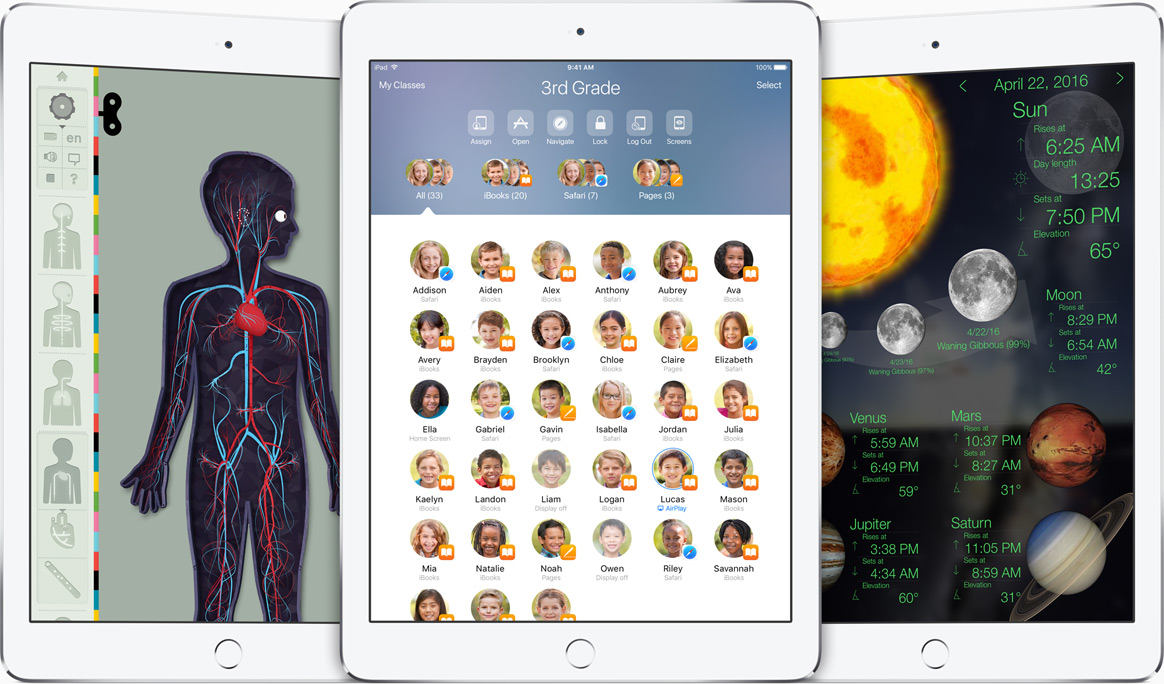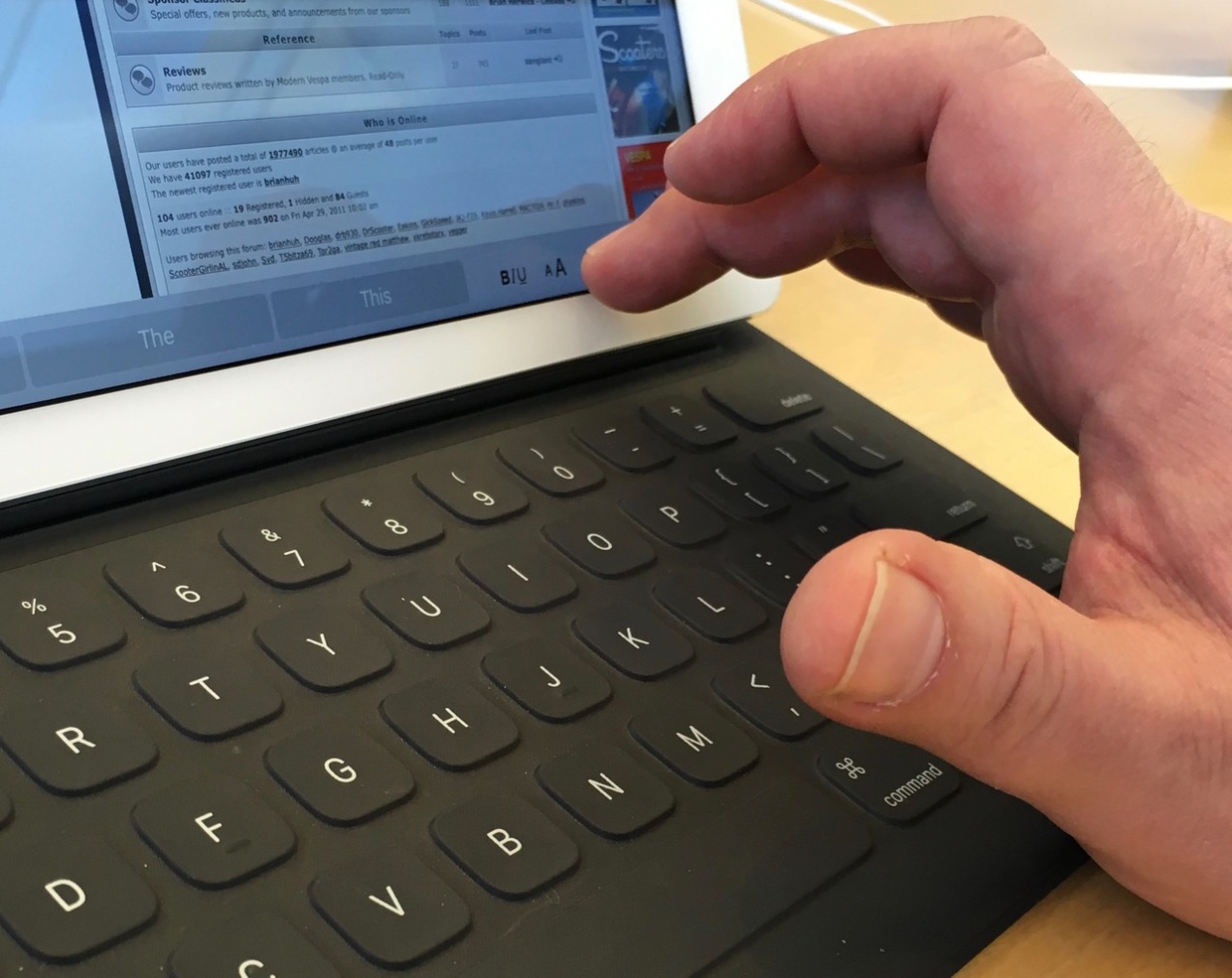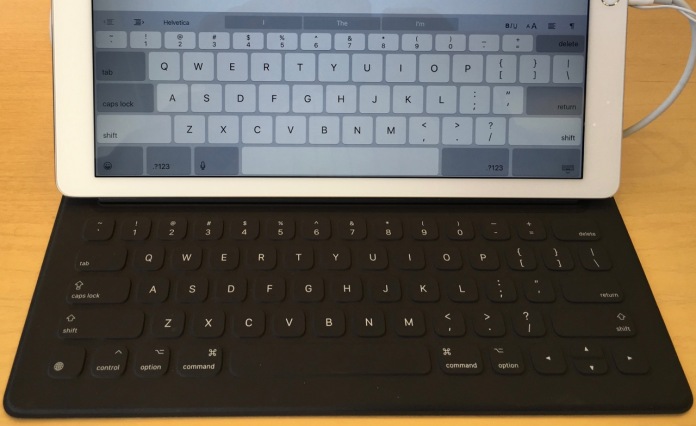Apple recently released iOS 9.3, surprising everyone with its robust education features. Chromebooks have overtaken education, and Apple needs to be competitive.
It seems curious to me, though, that all these education features come in a point-release, iOS 9.3, instead of a major release like iOS 10. Sure, Apple might want to get these features our there ASAP, since Chromebooks are now over 50% of the education market in just a few years’ time.
However, point releases such as 9.3 often relate to new hardware. Everyone’s expecting an iPad Air 3 this spring, and like all past iPad Air’s, it’ll have Apple’s fastest CPU, the A9X, right?
Well, something funny happened along the way to this year’s delayed iPad Air: the iPad Pro.
Sure, the iPad Pro is bigger than the iPad Air, but Pro is more than just about being bigger. MacBook Air’s and MacBook Pro’s have both had 13˝ models, for example. Pro models are typically more expandable (ports), have nicer screens, have more RAM & storage options, & have faster CPU’s. The iPad Pro has all of these things, with Smart Connector, Smart Keyboard, Pencil, 128 GB option, 4 GB RAM…
And, I’m suggesting, the iPad Air may “just” get the A9 CPU instead of the A9X. This might logically come with a $50-$100 price reduction.
Why would Apple lower the price of the iPad Air? Simple: the education market. Chromebooks are cheap, and while Apple doesn’t do cheap, they are astute competitors.
The iPad Air used to need the fastest CPU because mobile CPUs were generally pretty slow compared to laptops. The A9 and A9X changed that equation. The A9X is actually faster than the mobile Intel CPUs in the base models of the Surface Pro 4 and the Retina MacBook.
The A9X is actually faster than the mobile Intel CPUs in the base models of the Surface Pro 4 and the Retina MacBook.
Meanwhile the A9 is no slouch. It makes the iPhone 6S the fastest phone on the market—by a very wide margin. If the Air series is a “light” (figuratively and literally) version of the Pro line, then it certainly makes sense for it to have a lighter-weight, but still very capable, CPU.
This would allow Apple to lower the price of the iPad Air, making it more attractive to the education market, the enterprise, and consumers. It would also allow Apple to create a bigger price gap between the iPad Air and the iPad Pro, possibly allowing the iPad Pro 2 to start at $799 and the iPad Pro 1 to drop to $699 this fall.
To drop the iPad Air’s price by $100, Apple would have to make other hardware compromises. Maybe 3 MB RAM instead of 4; probably no Pencil support; definitely no Smart Connector. In other words, Apple needs to further distinguish the Air and Pro lines—more than just screen size.
But this low price and basic features, while still being powerful enough, could make it a great tablet for large purchasers, such as schools, the enterprise, and for children. Don’t scoff: many people are perfectly fine with a MacBook Air or Retina MacBook instead of a MacBook Pro. Pro’s can still buy the iPad Pro, if they need features like the Pencil, Smart Keyboard, 4 GB RAM, and 128 GB storage options.
So I think iOS 9.3 was the final puzzle piece that makes this all make sense. The iPad Air 3 was delayed for reasons that no one really understood. But a lower priced model aimed at education & the enterprise would make all the puzzle pieces fit together.







